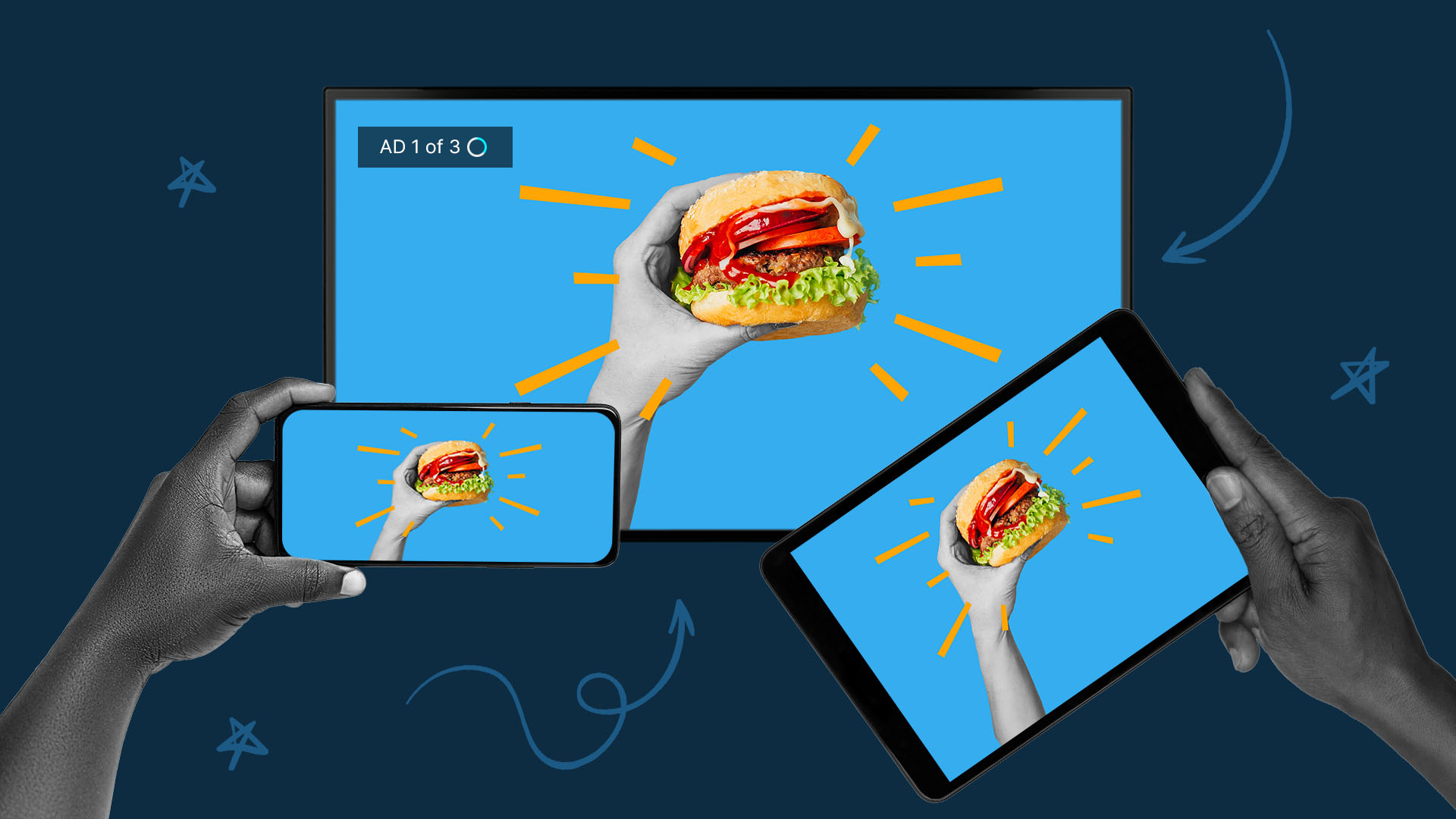How To Build an Audience-First Video Marketing Strategy

With more moving parts than we can count, the world of marketing is always changing. And that’s one of the reasons we love it so much: we’re constantly on the edge of our seats, changing our strategies and evolving alongside the world. But without any stability, marketing teams can feel like they don’t have solid ground to stand on — especially when there’s a lot of friction in the market (…like right now).
While most things change, one critical element stays the same: the need to connect with audiences. And this is exactly why your audience needs to be the center of attention in marketing strategies.
Here, we’ll explore the importance of an audience-first video marketing strategy, how it can improve your campaigns, and how to get started.
The Importance of an Audience-First Strategy
Like we mentioned above (and like you probably already know), marketing changes often and quickly. When it comes to digital marketing, this amplifies even more, with streaming consolidations, platform updates, and new tools released every day. But even in times of turbulence, focusing on your audience first can help reduce these (and other) issues to background concerns.
According to eMarketer, 3.78 billion people will watch digital video content in 2024, which means your brand has an incredible chance to connect with people in your audience segments. From Connected TV to social media, you know your audience is using these video-first platforms — you just need to find out where, when, and how.
Even as audiences shift from one platform to another, you can keep that connection with the right partners and tools. When you center your audience in your strategy, you’ll be able to capture and maintain their attention throughout the digital marketing ecosystem.
5 Steps To an Audience-First Video Marketing Strategy
There are a few things to cover before you can successfully implement your audience-first strategy. Throughout the process, you’ll need to:
1. Understand Your Audience
Before you can get started, you have to understand your audience. This might sound obvious for an audience-first strategy, but we can’t emphasize it enough. Who are you trying to reach? What platforms are they using? How much time do they spend watching video content?
Even if you’re crafting a marketing plan from scratch, you can access user demographics to help you get started. But if you’ve been connecting with folks for a while now, first party and platform-specific data can make an even bigger impact on your strategy. On Instagram, for example, in-platform analytics can help you understand who is engaging with your ad, what content they like, and which posts don’t seem to resonate with them.
While this information can help your team craft a more effective strategy, it also shows your audience that you’re paying attention to them and keeping an eye on their wants, needs, and interests.
2. Put Your Data To Work
Once you have this data, you’ll need to put it to work. When mapping out your campaign, you can use several types of data, including platform-specific, first party, and third party, to create an effective strategy. Utilizing this data across multiple platforms allows your marketing team to understand how their campaigns are performing, which audiences resonate most with which ad creative, and which platforms are most effective for the brand.
From TikTok to CTV, this data can help you target the right audiences with the right ad creative (we’ll cover this more in a second) to create a lasting connection. And because this is the first time these insights have been available to advertisers, CTV data is even more crucial right now. Like MNTN explains, TV is a fully targetable, measurable performance marketing platform, a concept that was unfathomable not long ago.
By compiling and using all the information available about your audience, you’ll be able to center them in your video marketing strategy.
3. Craft Relevant Video Creative
Implementing relevant audience-based conversations can help you connect more effectively. One way to do this is with video content that speaks directly to your audience. Purpose-built creative — or ad creative crafted with your goal, audience, or data front and center — allows you to focus your video production on your audience. For example, you might want to create and share videos answering some of your potential customers’ frequently asked questions to help push viewers through the sales funnel.
While you’re creating your video content, you’ll need to keep in mind that your audience expects different things on different platforms. The same ad you used to connect with your audience on Snapchat probably won’t work on another platform exactly as it is. The good news? You can repurpose your content for other channels, ensuring your audience can connect with your brand no matter where they watch digital videos.
4. Monitor and Test Your Campaigns
Once you’ve kicked off your first campaign, testing and monitoring it is essential. With multivariate testing, you can learn more about your audience and what resonates with them. This process involves taking multiple variations of your ad creative and finding which combination of elements works best for your audience. For your first iteration, for example, you might run two different ad styles — live action vs. animation — to see which performs best.
By compiling and analyzing your data, you’ll be able to understand what video ad creative your audience actually responds to. Whether it’s a CTA that drives viewers to take action or a voiceover swap that increases your ROAS, you can use data to tailor your ads for each audience segment and drive performance.
5. Implement Continuous Optimization
After the first round of testing is complete, you can create a system of continuous optimization for your video creative. Each time you run an ad campaign, you grow your library of creative and data. Throughout the process, you’ll find this collection of insights can improve your future video productions, helping you connect with your audience more effectively.
Connect With the Right People at the Right Time
An audience-first approach to video marketing allows you to center your creative on what matters most: making a clear and effective connection between viewers and your brand. This strategy gives you the opportunity to connect with your audience on the right platforms with the right creative — all at the right time.
Do More with Video
Learn how we can help you produce more quality videos affordably and at scale.


